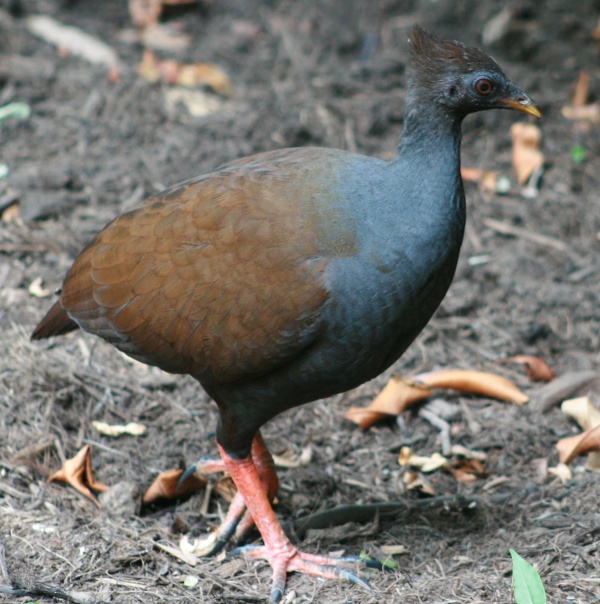Facts About Orange-footed scrubfowl
The orange-footed scrubfowl is a small bird from the family Megapodiidae, featuring five subspecies that inhabit the Lesser Sunda Islands, southern New Guinea, and northern Australia. Roughly the size of a domestic chicken, it is distinguished by its dark plumage, striking orange legs, and a distinctive crest on the back of its head. You can find this bird in forests and scrublands, and it has also established itself on numerous small islands within its range. In urban areas such as Darwin, locals often refer to it as the Bush Chook or Bush Turkey. Thankfully, its populations are stable, and it is classified as Least Concern concerning conservation status.
These birds have a diverse diet, feeding on seeds, fallen fruit, and various ground-dwelling invertebrates. They have a fascinating approach to nesting: like other megapodes, they build large mounds from sand, leaf litter, and other materials. The heat generated by the decomposing organic matter inside the mound facilitates the incubation of their eggs. These mounds can become quite large and are maintained throughout the year.
Interestingly, some subspecies of the orange-footed scrubfowl, such as the Tanimbar scrubfowl (Megapodius tenimberensis), might be considered distinct species. Others, like M. r. buruensis, are sometimes viewed as subspecies of different megapode species. The Kunwinjku people of west Arnhem Land have their unique name for this bird: Kurrkurldanj.
